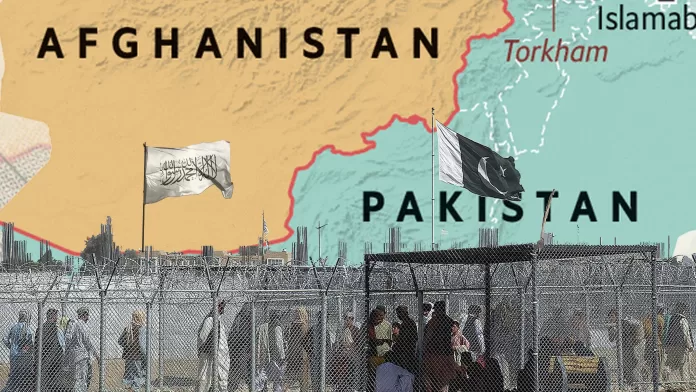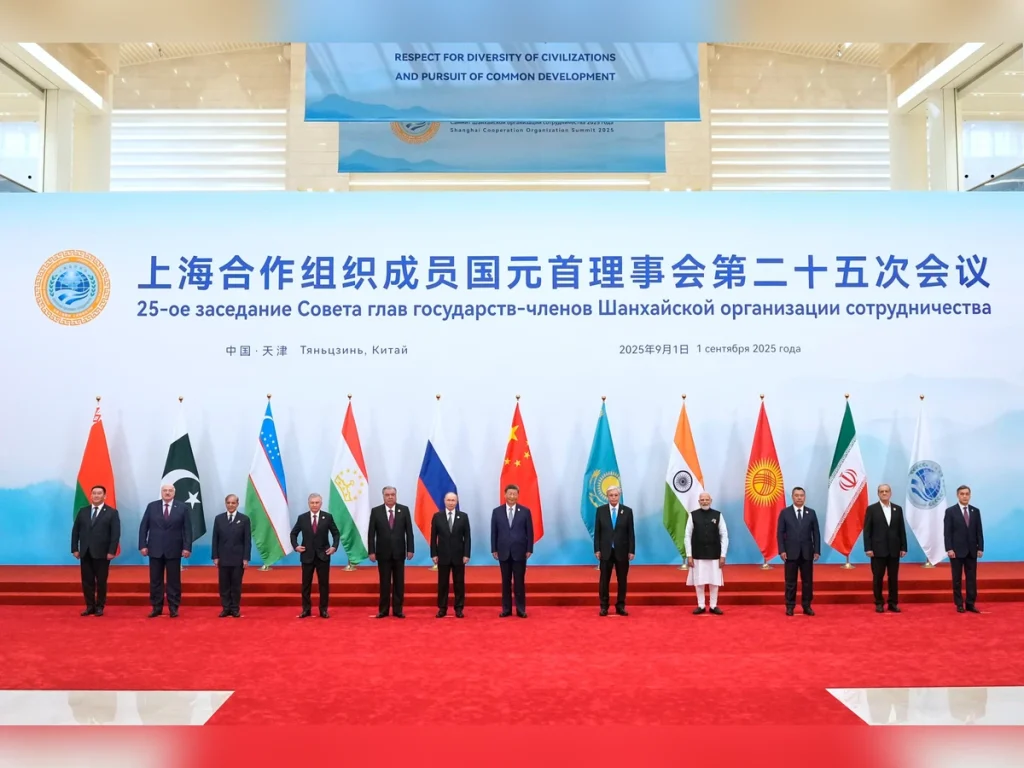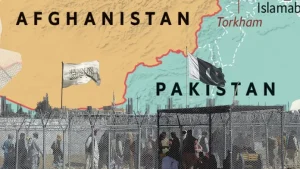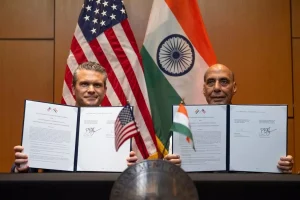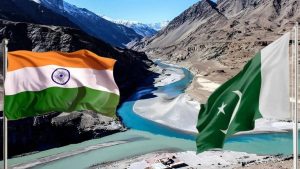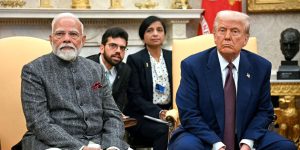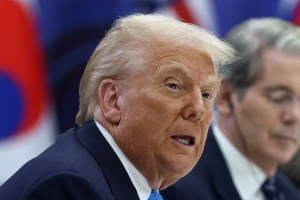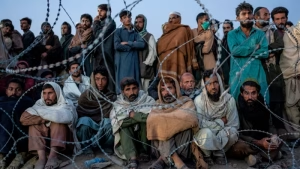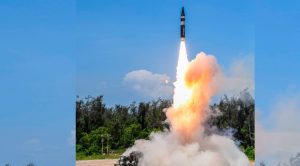After the end of World War II, the United States (US), aided by its Western allies, crafted a global order based on normative rules, military supremacy, and economic globalization. Washington’s influence established the rules of international engagement, encompassing the United Nations (UN), the Bretton Woods agreements, and the North Atlantic Treaty Organization (NATO). However, the system started to experience shocks in the 21st century, most notably due to the rise of China.
Beijing held a military parade last week to mark the conclusion of World War II. This parade carried both declaratory and commemorative elements. A new era in world politics is symbolized by the golden numerals ‘1945’ and ‘2025’, commemorating 80 years since the end of World War II. The five interconnected components outlined in the Chinese strategy: moral, physical, geometrical, geographical, and strategic sustainability – form the foundation of its challenge to the US-led international order.
The US-led world order is crumbling due to the changing internal and external realities. Domestically, the rise of populist and isolationist tendencies is reinforcing this decline. The retreat from international engagements, particularly from the JCPOA and the Paris Agreement, followed by the adoption of the “America First” mantra, have called Washington’s global leadership into question.
Externally, the decline in Washington’s global gross domestic product (GDP) share, from 40% in 1960 to 24% in 2019, has reduced its capacity to support global public goods and leadership, as it once did. At the same time, the rise of China and its promotion of alternative institutions, such as the Asian Infrastructure Investment Bank (AIIB) – along with its distinct values, appear increasingly attractive to the Global South. Many of these states perceive the current system as hypocritical, unequal, and tailored to serve Western interests, while ignoring the needs and voices of others.
The moral aspect of Chinese strategy blends Confucian moralism and a centralised mode of governance. While Western scholars often portray Beijing as a realist actor – coercive, covert, and a maximizer of power – Chinese experts emphasize values like benevolence (ren), righteousness (yi), and virtue (de) as guiding norms.
Under the leadership of President Xi Jinping, a renewed sense of national pride and unity has emerged, with Beijing positioning itself as a moral force working to address historical injustices. At the Tiananmen parade, President Xi gave a symbolic toast, urging the world to ‘never return to the law of the jungle,’ and calling for peace and common prosperity for all mankind. Beijing seeks to dismantle the Washington-led world order by positioning itself as a virtuous civilizational alternative, which champions harmony, sovereignty, and non-interference over Western universalism. China’s combination of aggression and restraint is part of the moral aspect of its strategy, which sanctifies power and redefines global engagement.
Clausewitz, a historical figure who served as Prussian general and military theorist, describes physical elements – the mass, organization, and disposition of forces – as an integral part of military power. This is clearly visible in China’s military capabilities and its evolving alliance network. At the Tiananmen parade, China showcased the DF-5C, a silo-launched Iintercontinental Ballistic Missile (ICBM) with global strike capability and multiple independently targetable reentry vehicle (MIRV) technology. Additionally, the JL-3 submarine-launched missile and the DF-31BJ mobile ICBM signaled a formal debut of its nuclear triad based on air, land, and sea.
Simultaneously, China’s growing political, military, and economic partnership with Iran, Russia, members of the Shanghai Cooperation Organization (SCO), and North Korea is creating a counterweight to Western military coalitions. These partnerships bolster Beijing’s strategic depth and provide political insulation. Its expanding military capabilities and alliance network form the physical element of Chinese strategy to challenge the US-led world order.
Another element of strategy is the geometric dimension, which encompasses concentric and eccentric outreach. China’s concentric focus primarily lies on Taiwan and its surrounding grey areas, including contested islands. Beijing’s expanding naval footprint, artificial islands, and missile deployments form a tightening arc around Taiwan. The recent military parade and the unveiling of the new military technologies directly challenge the US’ National Defense Strategic guidelines, which prioritize security for Taiwan.
In parallel, China’s eccentric outreach to Latin America and Africa – through infrastructure, diplomatic recognition, and trade – is steadily eroding Washington’s influence in its own geopolitical backyard. This dual geometrical aspect presents Chinese global power projection, which challenges the US-led international order.
The geographical component of China’s strategy outlines its intention to control key maritime chokepoints. As President Xi stated in 2017, “We often say that to get rich we must first build roads; but in coastal areas, to get rich we must also first build ports”. Reflecting this vision, Beijing has invested approximately US$11 billion in 129 ports, through which around 27% of global container traffic pass. The South China Sea, through which one-third of global trade flows, is increasingly militarised by Beijing’s naval presence. Likewise, Gwadar port, located at the Persian Gulf, offers China a strategic foothold along critical energy routes. This expanding presence and control of important routes threatens Western dominance in these vital regions.
The fifth component relates to supply channels that support both economic resilience and military operations. Artificial Intelligence (AI), rare earth minerals, semiconductors, and supply chain security are all integral to China’s techno-economic infrastructure, which is reshaping the foundation of global power. Historically, China supplied the US with approximately 96% of its rare earth materials. As of 2024, China possessed the largest reserves of these critical resources globally. Its defense and technology sectors are deeply dependent on this strategic framework.
In response to US-imposed tariffs, China has started imposing export controls on rare earth minerals vital to the American automotive and defense industries. Simultaneously, it is securing access to global mineral resources through the expansion of infrastructure in resource-rich regions – particularly under the Belt and Road Initiative (BRI). The US’s technological dominance is being challenged by China’s integration of AI capabilities and advancements in chip manufacturing.
To conclude, China’s challenge to the US-led international system is the result of a deliberate strategic reconfiguration based on comprehensive planning and long-term vision. Beijing is undergoing a multifaceted change in global power projection – ranging from geometric outreach and control over strategic chokepoints and supply lines to moral legitimacy rooted in Confucian revivalism and the strengthening of both conventional and nuclear forces.
With Beijing’s rise, Clausewitz’s five essential components of strategy are once again relevant. The Tiananmen parade, containing golden numerals ‘1945’ and ‘2025,’ symbolizes China’s aspiration to play a greater role in international politics and to reshape the global order in its image.




